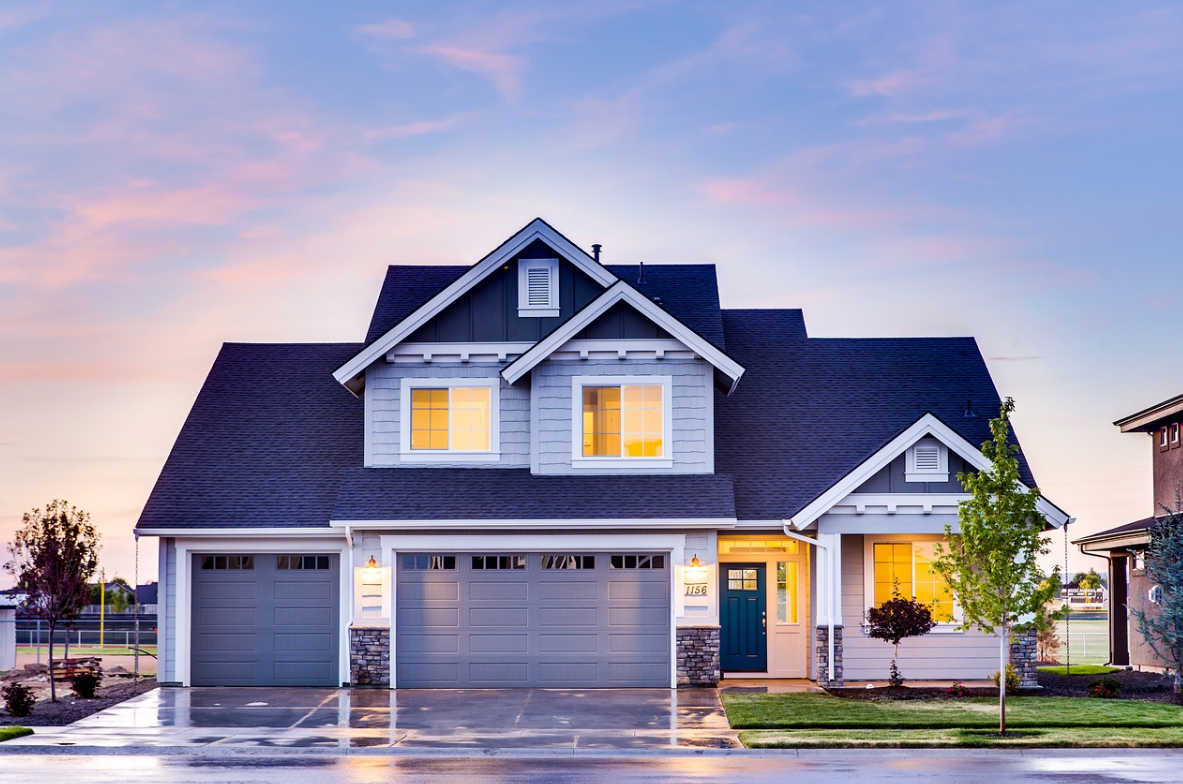Sober living homes are a great investment opportunity and a wonderful way to make a huge difference in the lives of recovering addicts. Managed properly, your sober living home will deliver a great return on investment (ROI) every year. Sure, there are some hurdles to overcome, like developing a structure for dealing with clients who break the rules and locking down an excellent house manager.
But the most challenging part of managing a sober living home? That’s easy: dealing with NIMBYs.
How NIMBYs See Sober Living Homes
NIMBY stands for “not-in-my-backyard” and it has become a nickname for neighbors who loudly object to certain types of changes in their neighborhood. NIMBYs are personally invested in defending their neighborhoods from threats to liveability.
Because they are often unfamiliar additions to existing neighborhoods, sober living homes frequently become a target for NIMBYs. It’s important to understand why NIMBYs dislike sober living homes in order to begin to understand how to deal with them effectively.
When NIMBYs think of sober living homes they imagine:
Reduction in property values
Noise issues
Crime issues
Littering issues
Traffic issues
Parking issues
Safety issues
Behavioral issues
More residents mean more problems
What do the Statistics Say About NIMBYs Sober Living Home Concerns?
These concerns are understandable, however, the statistics do not support all of these conclusions.
For example, studies have shown that bigger sober living homes have better rates of abstinence and lower rates of criminal activity. In some sober living homes, most residents don’t have access to cars, so parking isn’t the issue some NIMBYs fear it will be. Most sober living homes have strict curfews and quiet hours, which means that noise concerns are often unfounded. House rules about friendly neighbor interactions (or zero neighbor interactions) can limit complaints around behavior.
Not everyone has experience dealing with people in recovery and therefore NIMBYs fear the worst. Your job as a savvy sober living home operator is to appreciate these concerns and counteract them with facts.
Here’s the Right Way to Handle NIMBYs
The best way to handle a NIMBY is to deal with them before they become NIMBYs.
If you haven’t opened your sober living home yet, plan to launch an offensive NIMBY management campaign before your home ever accepts its first resident.
Consider:
Knocking on doors personally for all immediate neighbors and introducing yourself and your project
Creating educational materials for wide neighborhood distribution about your sober living home’s rules, standards, and expectations
Holding a neighborhood meeting to discuss concerns and alleviate fears
Already opened your center? You can still do all of the above. You can also consider:
Hosting a neighborhood event or open house at your sober living facility to let neighbors see the place for themselves and have positive interactions with residents
What if NIMBYs Escalate Their Attack on Your Sober Living Home?
Sometimes, the situation is more extreme and you need to respond more aggressively to NIMBYs. Remember that, in most municipalities, the law is on your side.
The Fair Housing ACT of 1934 and the AFH Amendments of 1988 stipulate that people in recovery have a disease and are therefore part of a protected class of individuals under the law. In other words, people in recovery are considered to have a “disability” where anti-discrimination laws are concerned.
If NIMBYs push your city to begin to unfairly or unevenly enforce regulations against your sober living home, you do have the option to sue the city. Whether your city is attempting to deny the license for your sober living home or use maximum occupancy rules to curtail the number of residents you can house at your facility, there are things you can do to fight back, depending on the situation. Many sober living homes have had success in these cases with the help of a lawyer who specializes in anti-discrimination laws. However, it’s better to avoid expensive legal entanglement if at all possible. Making one-on-one connections with neighbors to address concerns before legal remedies become necessary is a much more efficient approach.
Managing NIMBYs is a Part of Managing Sober Living Homes
The NIMBY phenomenon is here to stay. How you deal with it can make or break your sober living home project. If you’re contacting neighbors and building community relationships, you’re going to need a tool to track all of those connections.
BehaveHealth’s Sober Living App is designed for managing all of these relationships in one, easy-to-use cloud-based app. You can use it to manage all aspects of your sober living home—including tracking communications and contact info of neighbors and potential NIMBYs. Start your free trial today and see how the Sober Living App can revolutionize the way you manage your sober living home.






